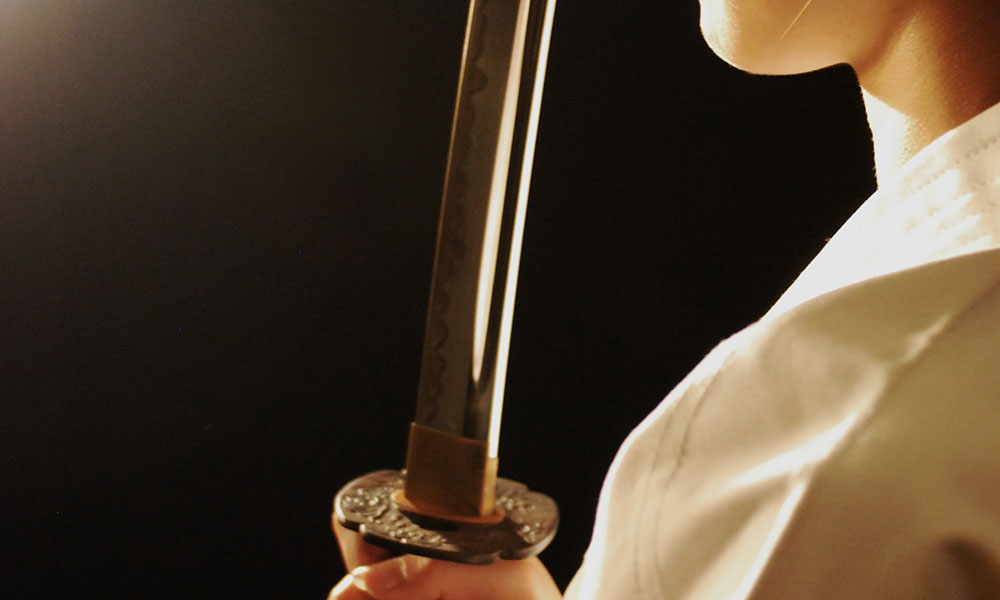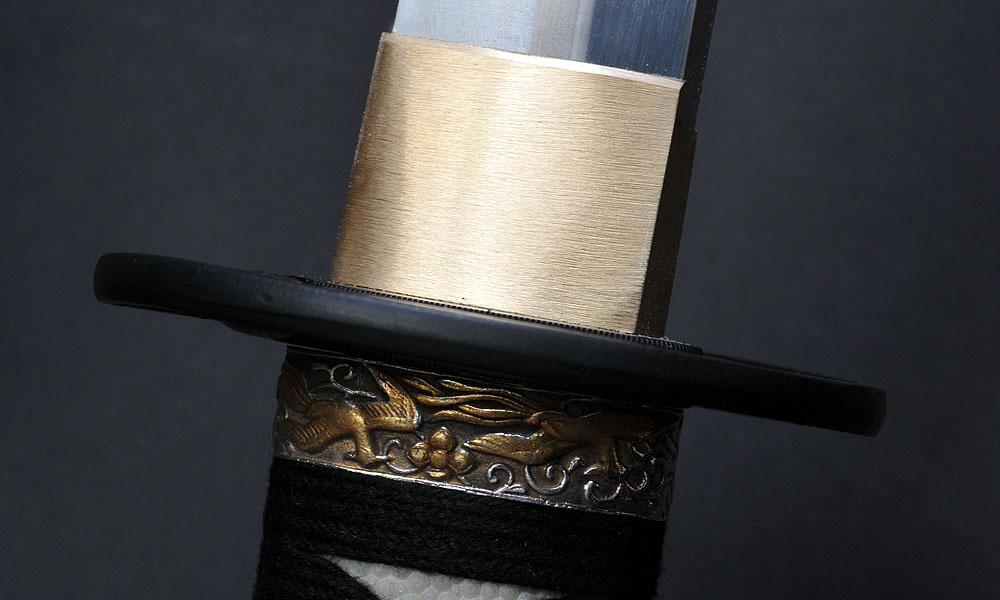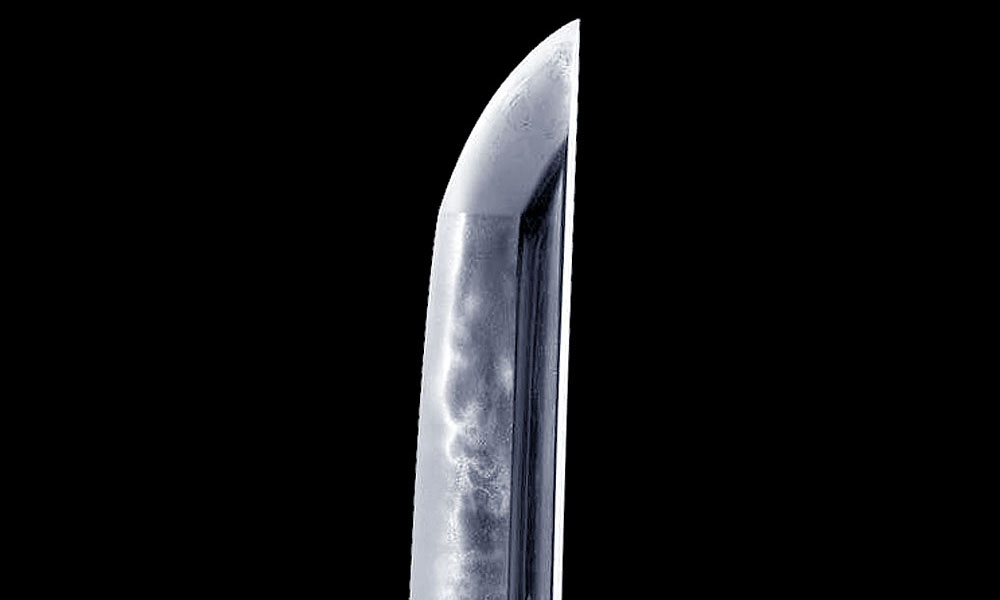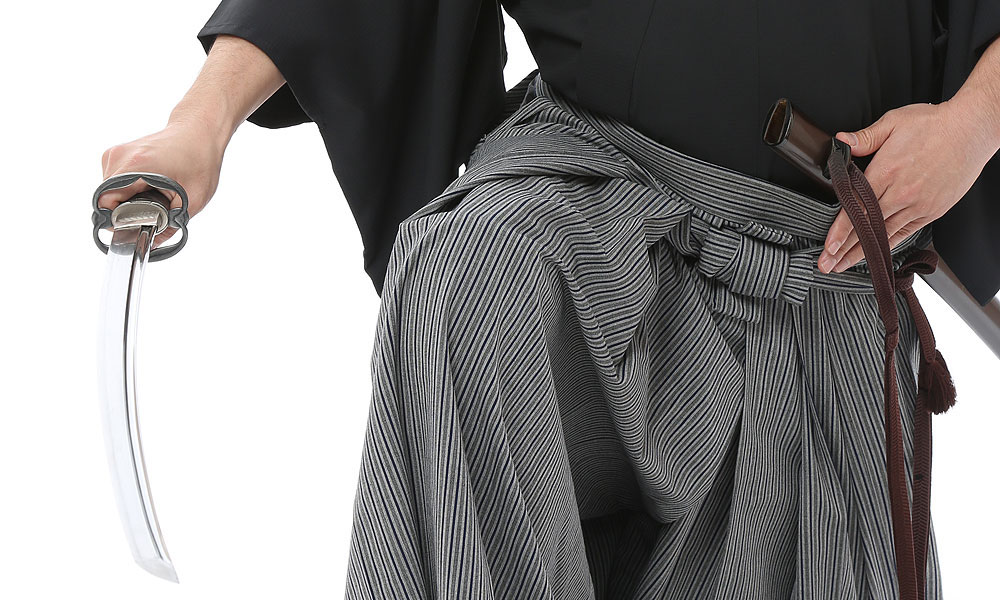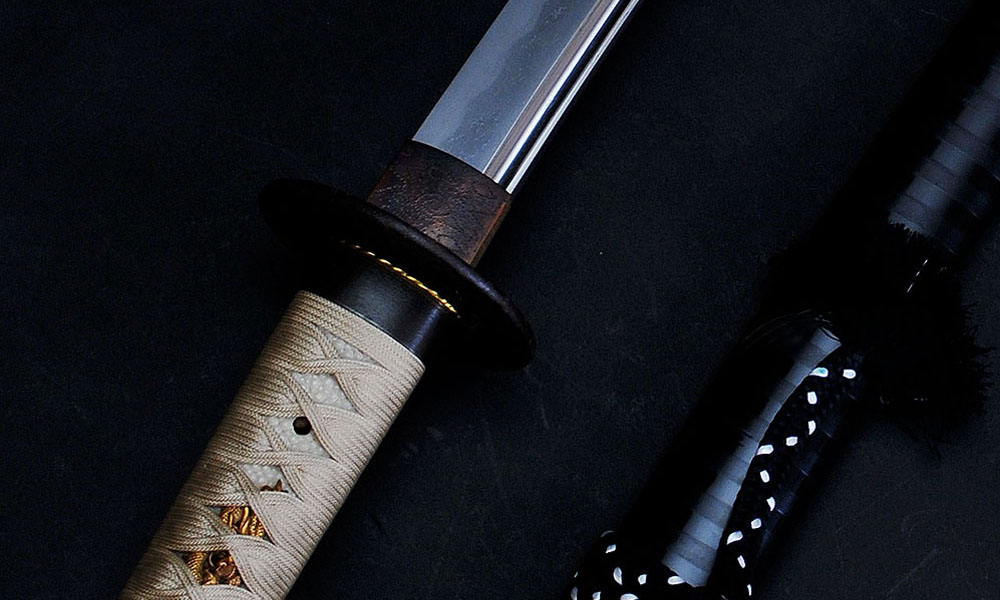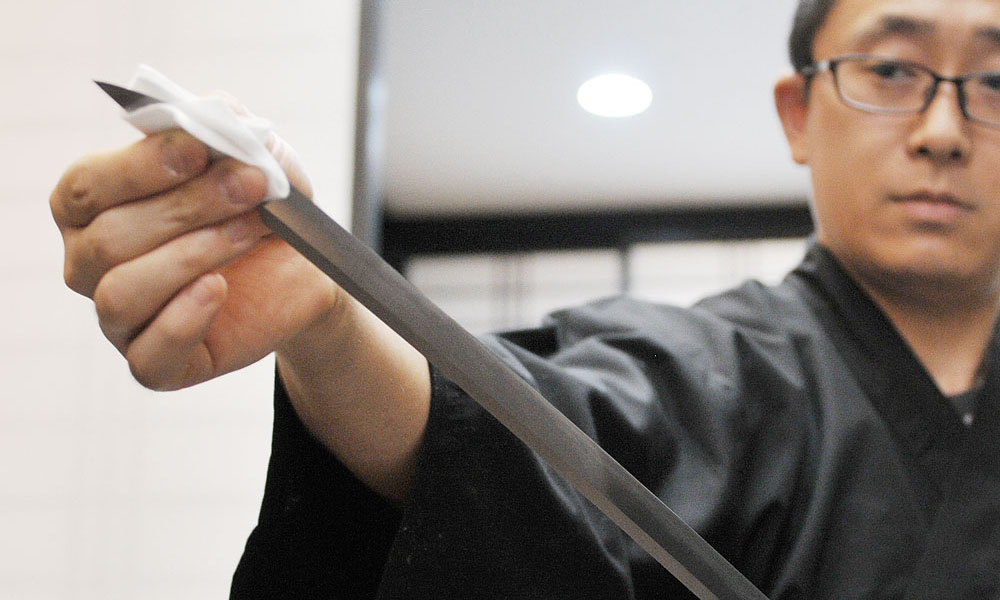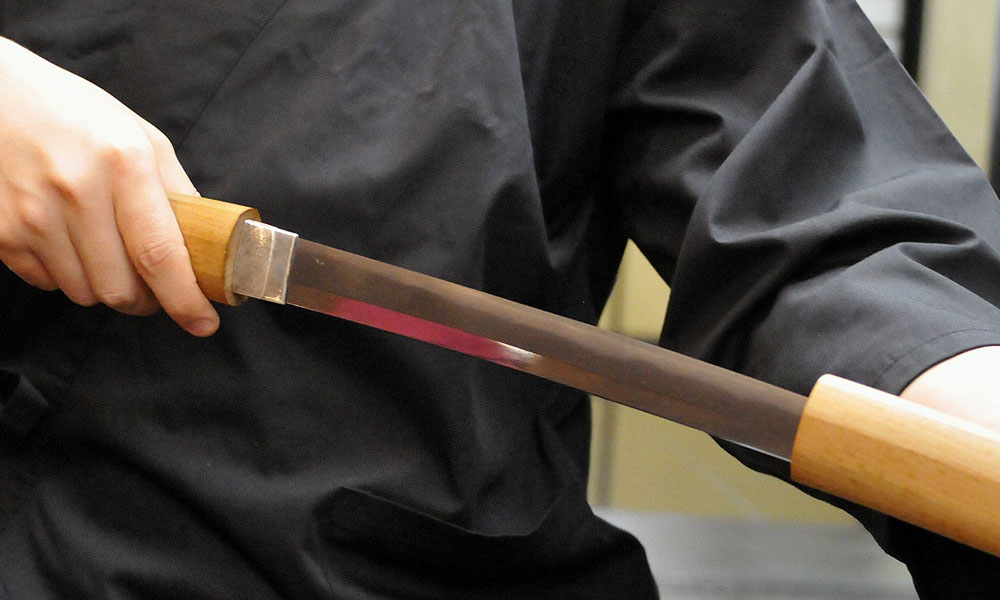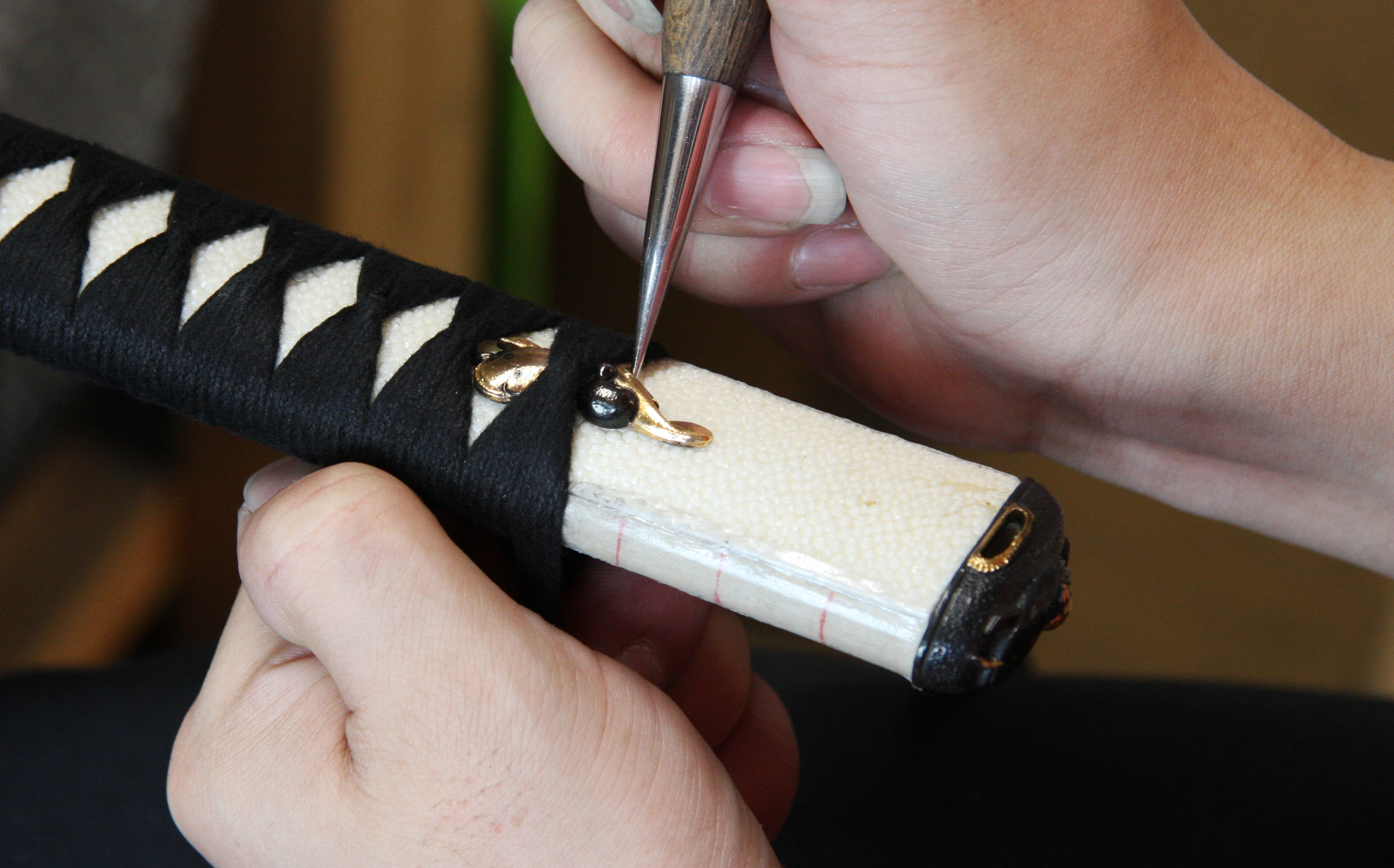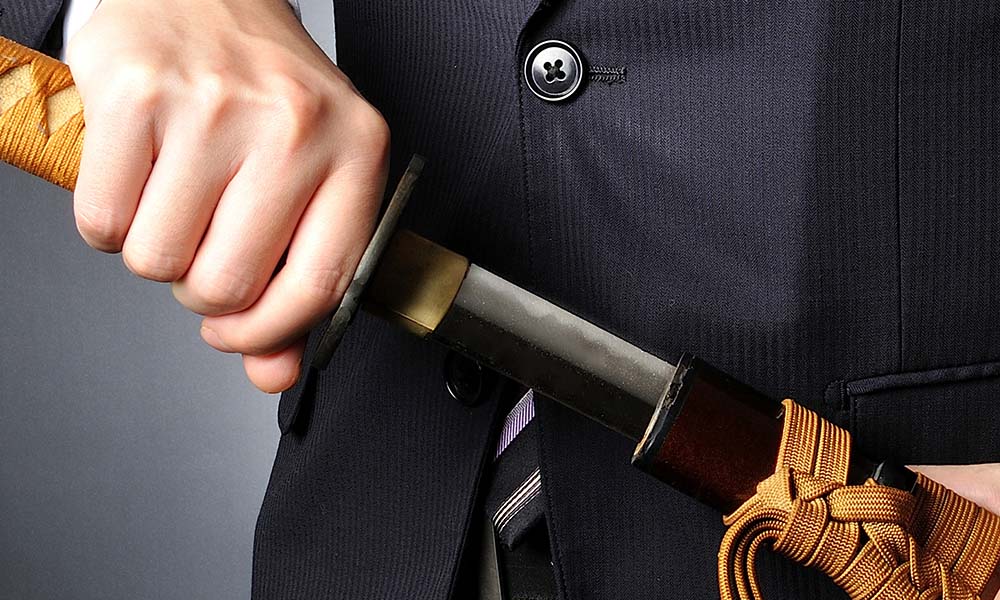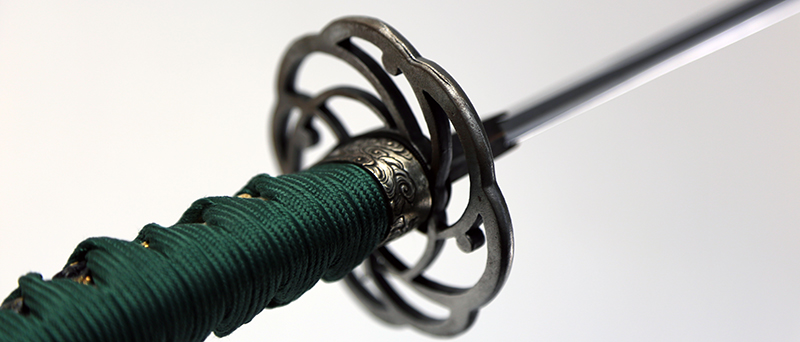The Japanese Sword and the Japanese Idioms
The Japanese Sword – it has unbelievable cutting power, but does not break or bend. It is called the soul of the samurai and it treated not only as a weapon but carries a spiritual, religious aura. It appears in the mythologies of Kojiki and Nihonshoki (two of Japan’s oldest Read More


